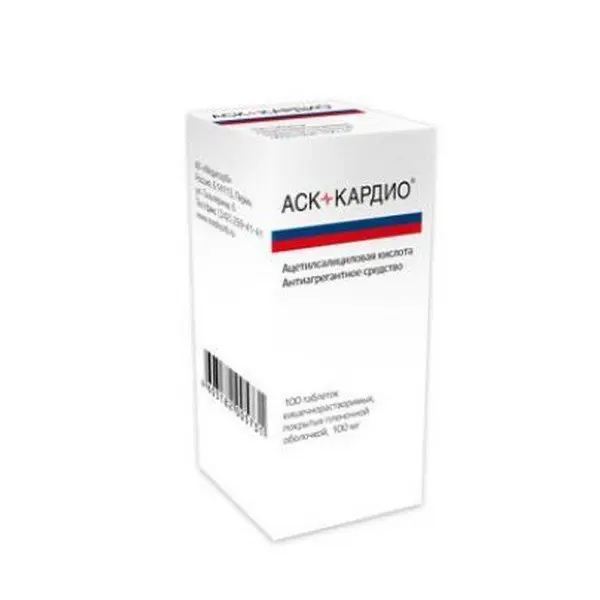Description
Traicor Pharmacodynamics
By activating RAPP-alpha (peroxisome proliferator-activated receptor alpha), fenofibrate increases lipolysis and elimination of atherogenic lipoproteins with high triglyceride concentration from plasma by activating lipoprotein lipase and decreasing apoprotein CIII synthesis. Activation of RAPP-alpha also leads to increased synthesis of apoproteins AI and AII.
Fenofibrate is a derivative of fibric acid whose ability to change lipid content in humans is mediated by activation of RAPP-alpha. The above described effects of fenofibrate on lipoproteins lead to a decrease in the concentration of low density lipoprotein fraction (LDL) and very low density lipoprotein (VLDL), which include apoprotein B, and increase in the concentration of high density lipoprotein fraction (HDL), which include apoproteins AI and AII.
In addition, by correcting the disorders of synthesis and catabolism of HDL, fenofibrate increases LDL clearance and decreases the concentration of dense and small size LDL particles, the increase of which is observed in patients with atherogenic lipid phenotype, a frequent disorder in patients at risk of coronary heart disease.
In clinical studies it has been noted that the use of fenofibrate reduces total cholesterol by 20-25% and triglycerides by 40-55% while increasing HDL-cholesterol levels by 10-30%. In patients with hypercholesterolemia whose LDL-cholesterol levels were reduced by 20-35%, use of fenofibrate resulted in lower ratios: “total cholesterol/ HDL-cholesterol”, “LDL-cholesterol/ HDL-cholesterol” and “Apo B/Apo AI”, which are markers of atherogenic risk.
Given the effect of fenofibrate on LDL-cholesterol and triglyceride levels, the use of the drug is effective in patients with hypercholesterolemia, both accompanied and not accompanied by hypertriglyceridemia, including secondary hyperlipoproteinemia, such as in type 2 diabetes.
During treatment with fenofibrate extravascular cholesterol deposits (tendinous and tuberous xanthomas) may significantly decrease or even completely disappear. In patients with elevated levels of fibrinogen treated with fenofibrate, a significant decrease in this indicator was noted, as well as in patients with elevated levels of lipoproteins. Other inflammatory markers, such as C-reactive protein, are also reduced by treatment with fenofibrate.
For patients with dyslipidemia and hyperuricemia, an additional benefit is the uricosuric effect of fenofibrate, leading to a decrease in uric acid concentration of approximately 25%.
Fenofibrate has been shown to reduce platelet aggregation caused by adenosine diphosphate, arachidonic acid and epinephrine in clinical studies and in animal experiments.
Indications
Hypercholesterolemia and hypertriglyceridemia isolated or mixed (dyslipidemia types IIa, IIb, III, IV, V) in patients for whom diet or other non-therapeutic measures (such as decreasing body weight or increasing physical activity) are not effective, especially in the presence of risk factors connected with dyslipidemia, such as hypertension and smoking.
For the treatment of secondary hyperlipoproteinemia, the drug is used when hyperlipoproteinemia persists despite effective treatment of the underlying disease (e.g., dyslipidemia in diabetes mellitus).
Contraindications
– Hypersensitivity to fenofibrate or other components of the drug;
– hepatic insufficiency (including biliary cirrhosis and persistent liver dysfunction of unclear etiology);
– severe renal insufficiency (creatinine clearance <30 ml/min);
– under 18 years of age (efficacy and safety have not been established);
– history of photosensitivity or phototoxicity during treatment with fibrates or ketoprofen;
– history of gallbladder disease;
– period of breastfeeding;
– congenital galactosemia, lactase deficiency, glucose and galactose malabsorption (the drug contains lactose);
– congenital fructosemia, sucrose-isomaltase deficiency (the drug contains sucrose);
– patients with a history of allergy to peanuts, peanut oil, soy lecithin, or related products (due to risk of hypersensitivity reaction)
– Chronic or acute pancreatitis, except in cases of acute pancreatitis due to severe hypertriglyceridemia.
Patients with impaired renal function should be prescribed a lower dose of the drug. However, given the lack of lower dosage of fenofibrate on the Russian market, the drug Traicor 145 mg is contraindicated in patients with any degree of renal dysfunction.
Dosage and administration regimen
- Hypocholesterolemic diet, to which the patient adhered before the start of treatment with Traicor 145 mg, must be continued.
- Traicor 145 mg tablets should be swallowed whole without chewing, with water. Traicor 145 mg may be taken at any time of the day, regardless of meals.
- Adults. One tablet of Traicor 145 mg once daily.
- Patients taking one 200 mg fenofibrate capsule or one 160 mg fenofibrate tablet daily may switch to taking 1 tablet of Traicor 145 mg without further dose adjustments.
- Elderly patients without renal insufficiency. It is recommended to take the standard dose for adults (1 tablet per day).
- The effectiveness of therapy should be evaluated according to the concentration of lipids (total cholesterol, LDL, triglycerides) in blood serum. If there is no therapeutic effect after several months of therapy (usually after 3 months), the advisability of prescribing concomitant or alternative therapy should be considered.





